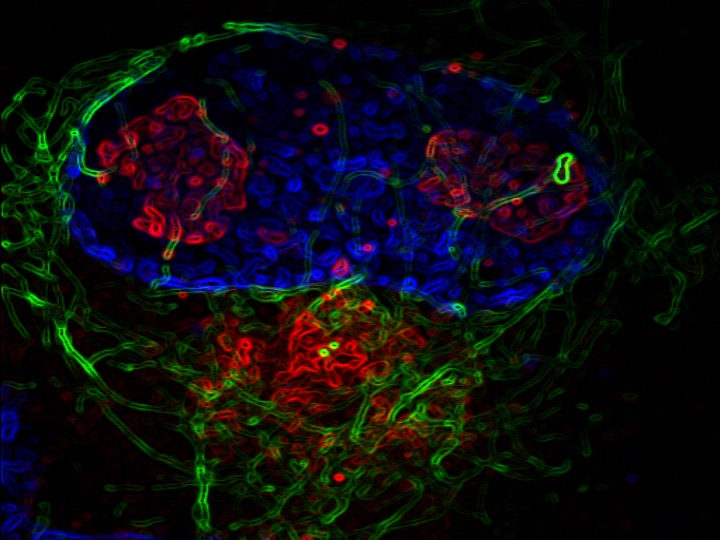
A pre-surgical workup can help determine whether patients with focal epilepsy are good candidates for surgical resection but also predict the outcome of an additional invasive exploration, according to a study published in JAMA Neurology.
Using MRI, EEG and clinical characteristics, the “5-SENSE” score can predict if patients with epilepsy will benefit from a more invasive evaluation with stereotactic depth electrodes (SEEG). Using this score could reduce the number of patients who undergo an unsuccessful workup, according to Stephen Schuele, MD, MPH, chief of Epilepsy and Neurophysiology in the Ken and Ruth Davee Department of Neurology and a co-author of the study.
“The 5-SENSE score can be used to make a more informed decision with the individual patient if an invasive evaluation is going to be beneficial,” said Schuele, who is also a professor of Physical Medicine and Rehabilitation.
Surgery is the only curative option for many patients with focal drug-resistant epilepsy. During this procedure, the epileptogenic zone — the area of the brain causing seizures — is removed. This means the procedure is normally reserved for patients whose seizures arise from non-critical areas of the brain, excluding regions responsible for speech, memory or vision, for example.
Defining an epileptogenic zone is the primary goal of pre-surgical workup. This zone can be identified using noninvasive Video EEG and imaging in about 70 percent of patients, but the remaining 30 percent require a more invasive EEG evaluation with electrodes that are placed inside the brain. Determining who would benefit from this invasive evaluation is a challenge, according to Schuele.
“In up to 30 percent of patients who pursue an invasive evaluation with Stereo EEG, a resectable focus cannot be identified and the patients undergo the procedure and associated risk and expense without receiving improved seizure control,” Schuele said.
This is where the 5-SENSE score steps in: The score includes information obtained during noninvasive workups, including presence of a focal lesion on MRI, absence of certain activity on a scalp EEG and other clinical factors.
In the study, investigators scored 128 patients undergoing invasive SEEG using the 5-SENSE test at nine centers worldwide. The study found 76 percent of patients whose 5-SENSE score indicated they would not have a resectable epileptogenic zone obtained the same result after invasive EEG.
These results demonstrate the 5-SENSE score can be used to predict in which patients the invasive workup is unlikely to identify a focal seizure-onset zone.
“I think we should provide more individualized counseling for patients who chose to pursue epilepsy surgery,” Schuele said. “The 5-SENSE score is able to give a concrete number for a patient to decide if the chance and risk is worth it to pursue.”






